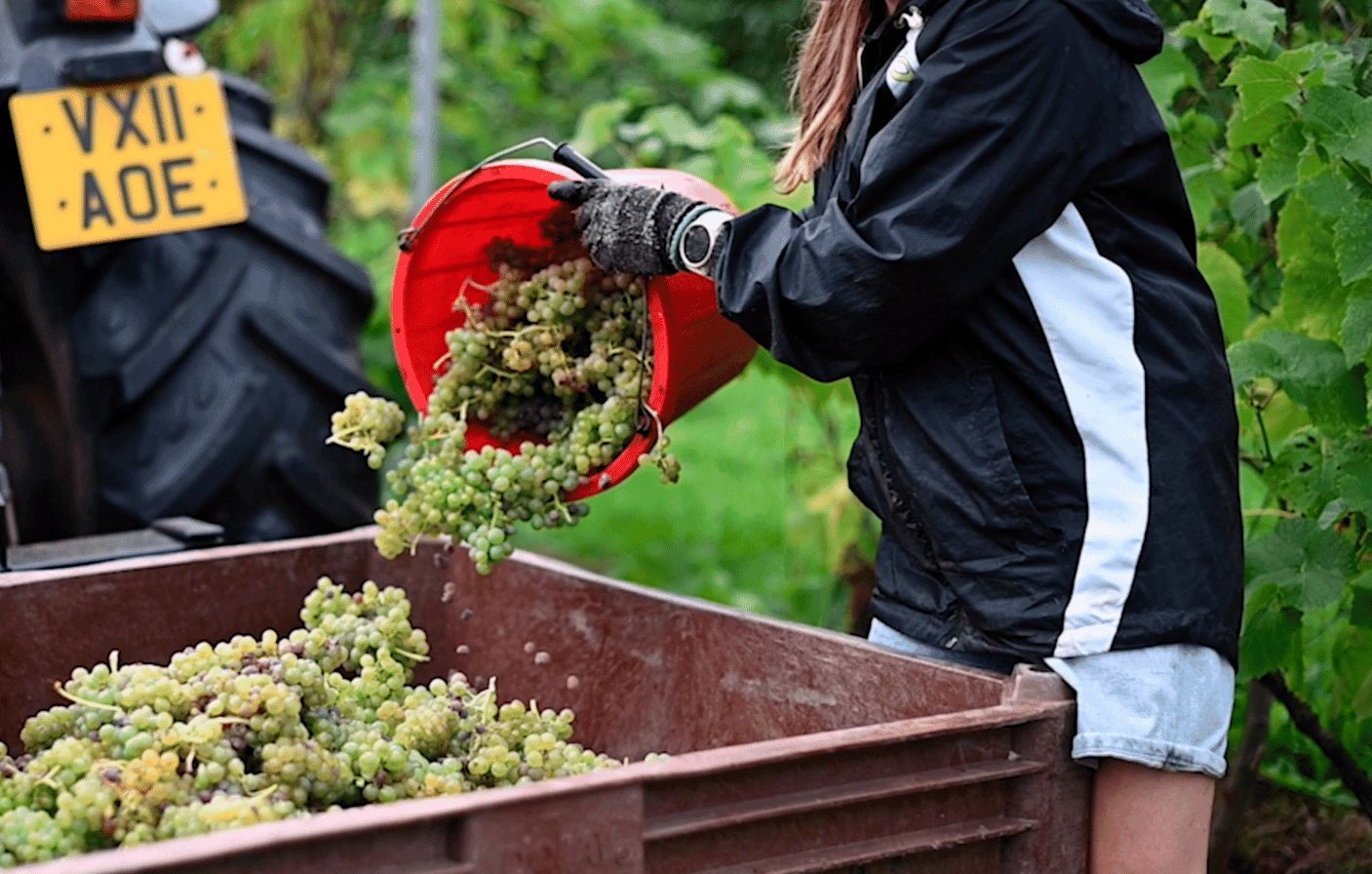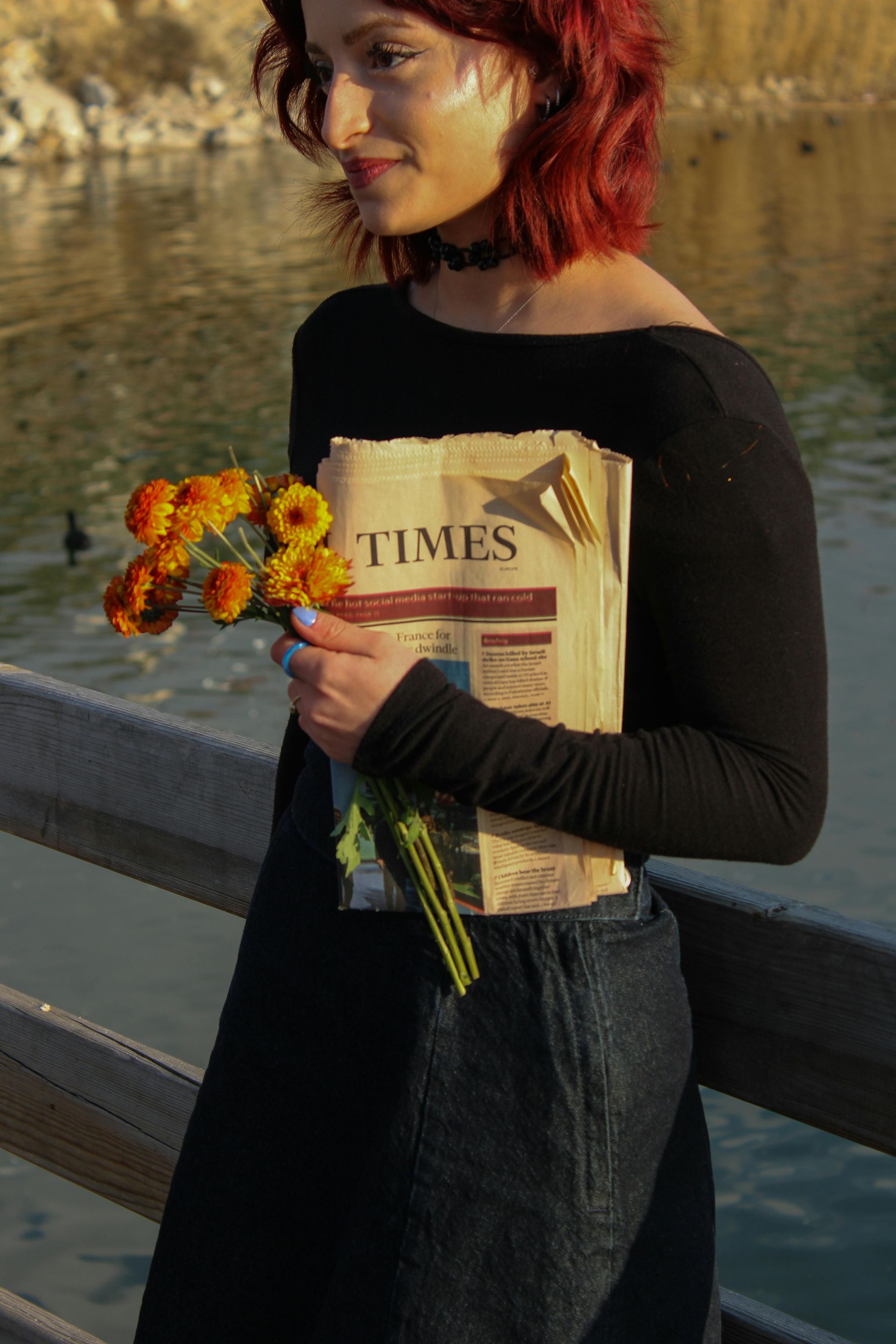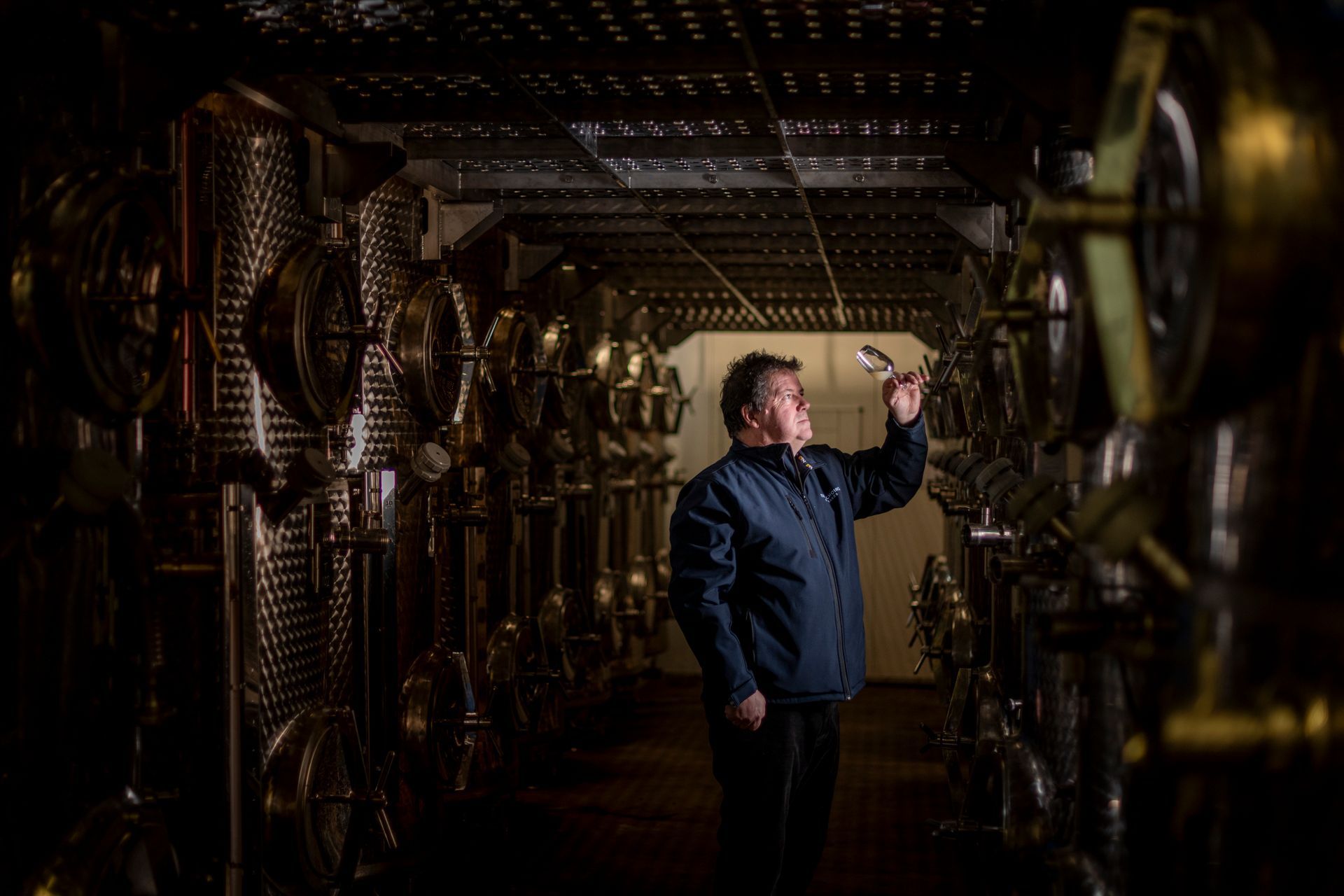Why is Prosecco much cheaper than Champagne?
When you’re celebrating or even if you just fancy a treat, you can’t beat a glass of Prosecco or Champagne. They are both guaranteed to raise the spirits of any occasion. But why is Prosecco so much cheaper than Champagne?
It’s a question many of us will ask, when we’re stocking up for a party or standing at a bar or supermarket checkout waiting to pay!
Over the last 10 years, Prosecco has really grown in popularity. In many situations, it makes for a nice, cheaper alternative to Champagne. In fact, its affordability is one of the reasons so many people choose it.
But while it makes a good value alternative to Champagne for a special occasion, Prosecco is actually a completely different wine and there are several reasons why it is cheaper than Champagne.

Place of origin
Champagne is specific to a region of France – the Champagne region in the north east of the country. Only sparkling wine from this region can be called Champagne. The region has a cooler climate and shorter growing season than other wine growing areas, making it more expensive and difficult to grow grapes.
Prosecco is also specific to a region – the Veneto region in north eastern Italy. The growing region for Prosecco has expanded in line with the popularity of Prosecco, allowing it to produce large quantities of the sparkling wine and keep the cost to consumers down.
Grapes
There are strict rules governing which grapes can be used to make Champagne. The three grapes which make up most commercially available Champagnes and 99% of planting in the region are Chardonnay, Pinot Noir and Pinot Meunier. These grapes are all difficult to grow and cultivate, keeping the price of Champagne high.
There are four other varieties of grape which can also be used. But they must all be grown in the Champagne region.
Prosecco is made from the Glera grape, which is considered easier to grow and cultivate. Italy’s climate is also better suited to growing grapes.
Production methods
The production method for Champagne is slower, more labour intensive and more expensive than the production method for Prosecco.
Champagne is made using a traditional method. First, the juice from the pressed grapes is put in barrels for primary fermentation. Once primary fermentation is complete, the still wine is transferred into bottles, where the secondary fermentation takes place, with the help of yeast and sugar. During this time, the wine undergoes a chemical change, and the characteristic bubbles are formed. Champagne must spend at least 15 months in the bottle before it is sold.
By contrast, the production method for Prosecco is much quicker and much cheaper – making a big contribution to the lower price of Prosecco. It is made using the Charmat or tank method. The still juice from the pressed grapes is placed in a large stainless steel tank. Winemakers add yeast and sugar to the tank. Fermentation takes place in the tank and the bubbles are created. The sparkling wine is then bottled up ready for sale. Making Prosecco can take as little as two months.
Perception
Champagne is seen as a luxury product, whereas Prosecco is seen as more of a fun drink. Just the word ‘Champagne’ is worth a few extra pounds per bottle. Producers know people are willing to pay more for the luxury of Champagne and it is priced accordingly.
Champagne brand names like Moet & Chandon, Veuve Clicquot and Cristal in particular are able to command the highest prices because of their association with luxury lifestyles and luxury events from Formula One to celebrity parties and collaborations with high-end fashion brands like Stella McCartney.
While Prosecco is certainly cheaper than Champagne, it doesn’t necessarily mean it’s of a lower quality. The different production methods and the smaller producing region are just two of the reasons why Champagne is more expensive than Prosecco. But they are both great drinks to enjoy, whatever and whenever you are celebrating!
More from our blog...






